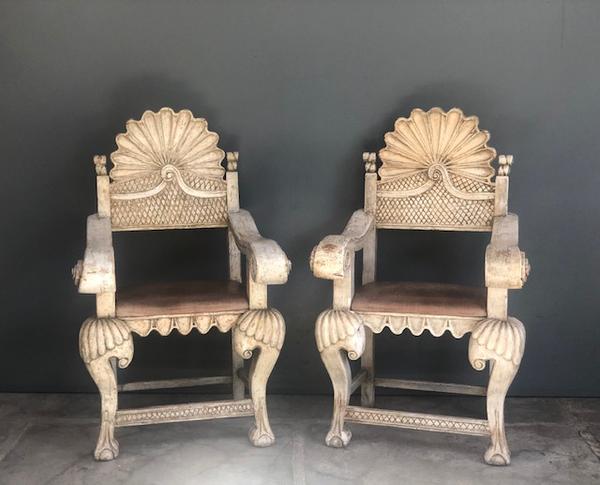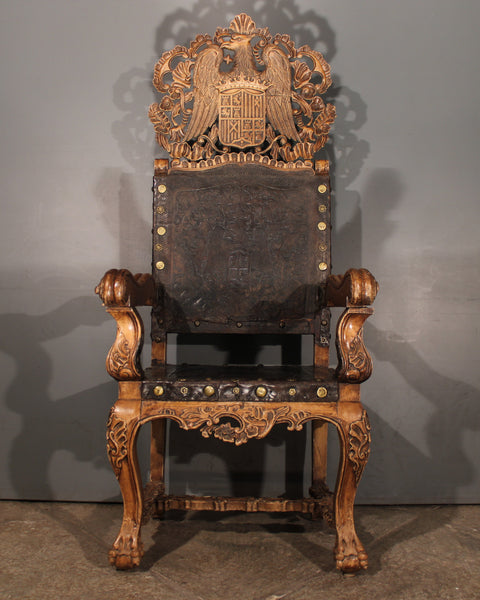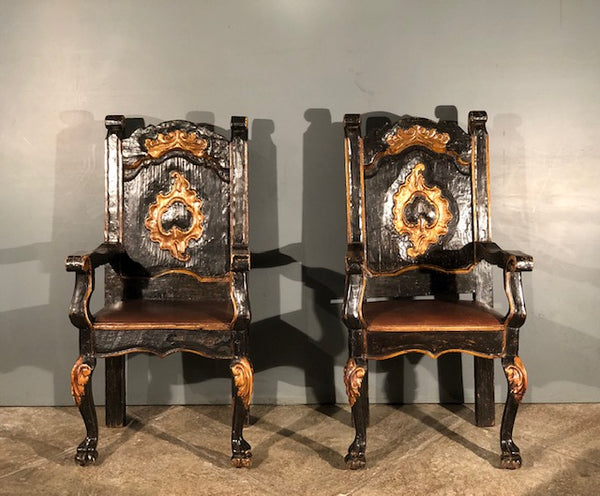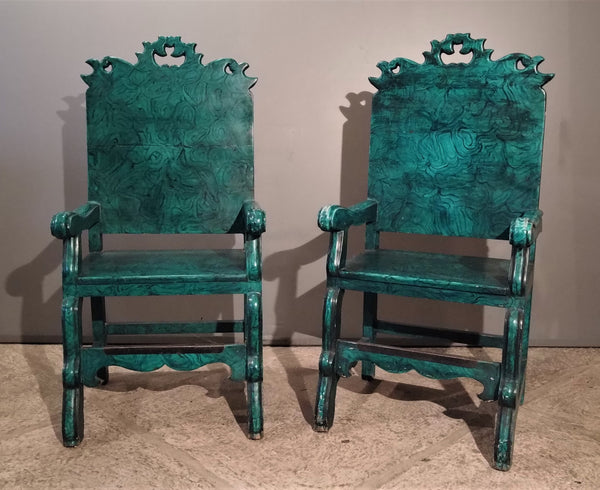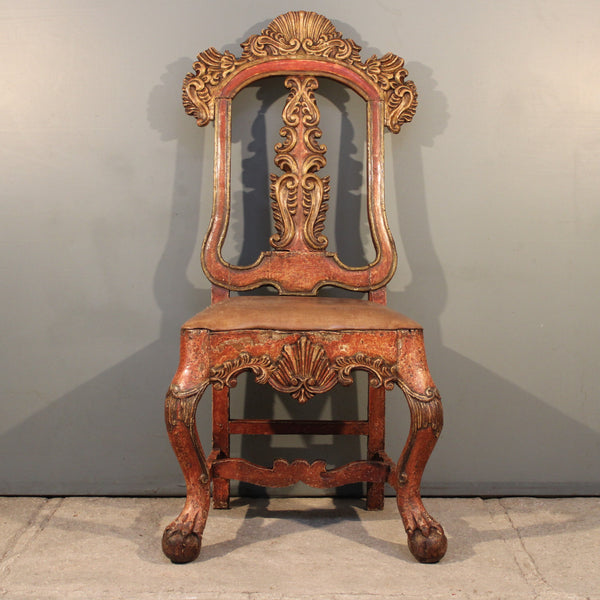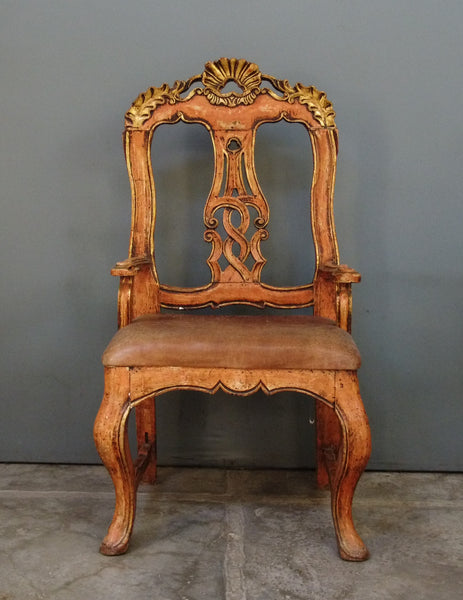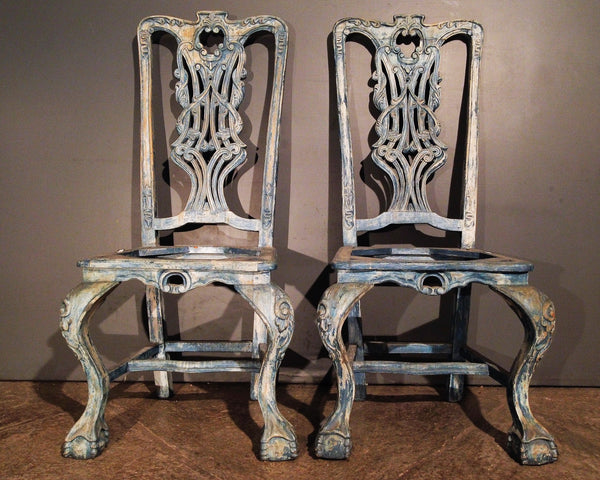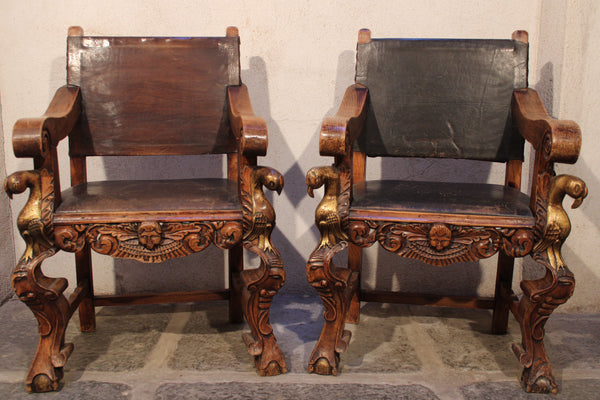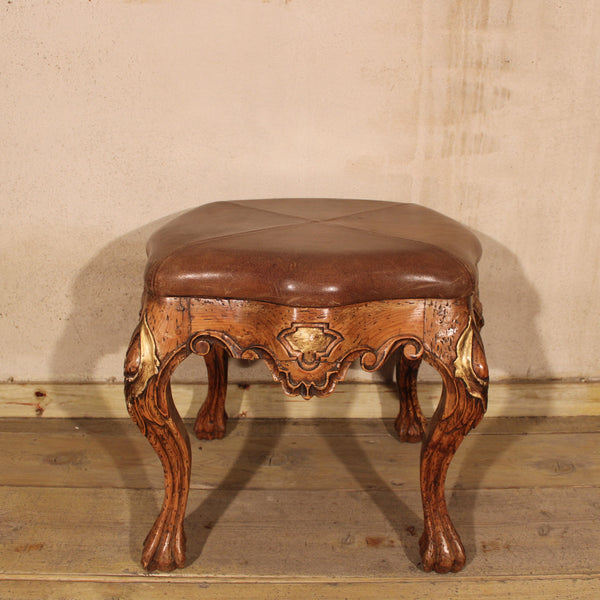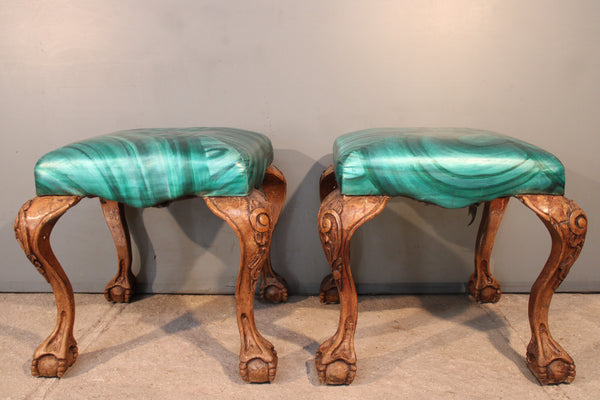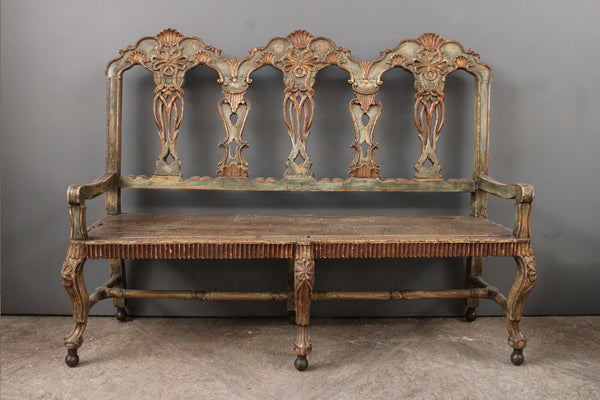Chairs & Benches
The initial order of business in the newly discovered Americas of the 16th century was the business of making chairs. The European encounters with the indigenous tribes of the Americas usually included invasion, domination, and assimilation, which of course was an exhausting process for all concerned, and therefore, the first thing that the conquistadores (conquerors) needed was somewhere to sit. The earliest chairs made in Colonial America were very basic straight-legged, straight-backed models using the simplest construction imaginable. As tastes changed, time permitted (passed?) and colonization continued, the indigenous peoples, who had been pressed into the service of furniture-making, became skilled carpenters and, even if chairs were commissioned in the European styles, the local artisans injected their own heritage into the form and (the) design of these bespoke pieces. This created a combination of European and ethnic styles which resulted in alteration of scale, finishes, and techniques. Hence, the advent of "Colonial Style”, which became its own thing and developed from the 16th to the early 19th centuries. This style became more and more sophisticated as time wore on and continued in a melange of styles from the Spanish, Portuguese and Dutch colonists. There was also Asian influence emerging from the Acapulco to Manila to Seville Trade Route which flourished from 1585 to 1820.
Benches can be used as elegant seating in the parlor or just for hanging out on the porch, and are a great solution to (minto)?/minimal? contemporary decor.


